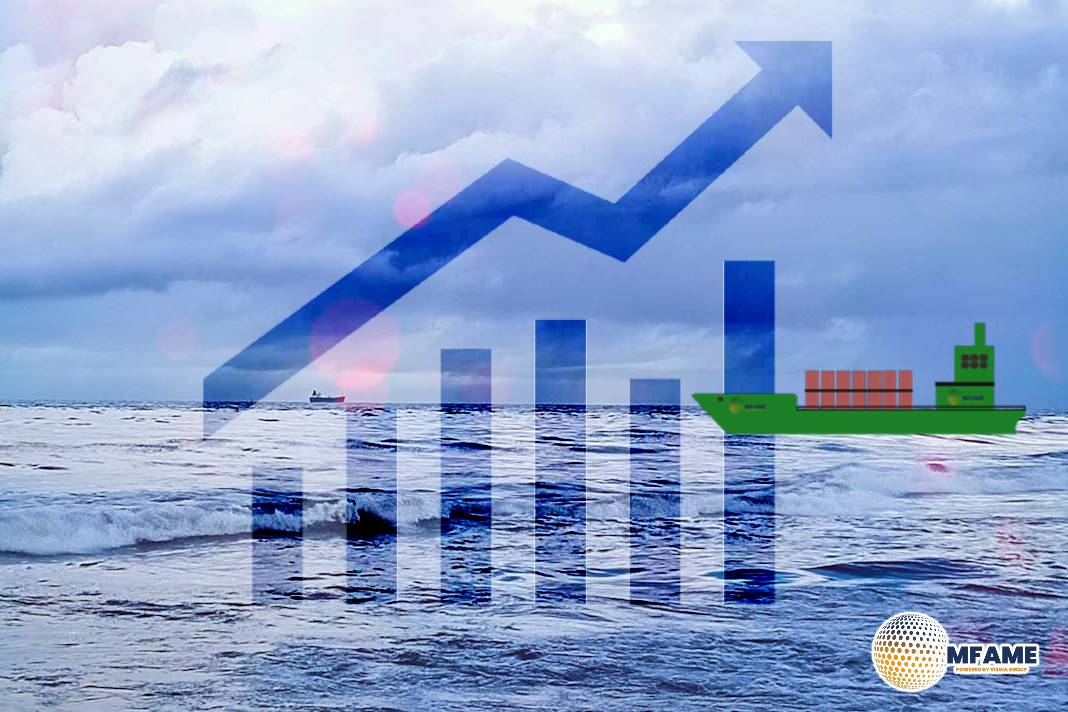 Building upon our prior analyses which explored the sales & purchase, and contracting activities within the dry bulk and tanker sectors for the year 2024, it would be prudent to extend our examination to include the demolition activities of these sectors to gain a comprehensive overview of their current market dynamics.
Building upon our prior analyses which explored the sales & purchase, and contracting activities within the dry bulk and tanker sectors for the year 2024, it would be prudent to extend our examination to include the demolition activities of these sectors to gain a comprehensive overview of their current market dynamics.
First six months
In the first six months of 2024, the dry bulk sector saw 31 vessels decommissioned for scrapping. This included 4 Capesize, 10 Panamax, 10 Supramax, and 7 Handysize vessels. This level of demolition activity is notably lower compared to previous years, with the exception of 2022 when only 18 vessels were scrapped. Over the last five years, the average for the same period has been 42 vessels, with 2020 marking the peak of the 5-year scrapping activity as 62 vessels were decommissioned from January to June. Notably, the number of Capesize vessels scrapped this year—only four—was the lowest recorded since the subdued activity of 2008.
In the tanker sector, the demolition activity was notably subdued, with only four vessels (two VLCCs, one Suezmax, and one Handy) scrapped, marking the lowest level of tanker scrapping on record. Since the third quarter of 2022, demolition activity has been remarkably low, particularly following the substantial number of demolitions in 2021, which totaled 178. Since that peak, only 31 tankers have been scrapped—12 in the latter half of 2022 and a mere 15 throughout 2023, setting a record for the lowest annual demolition activity. Should the current trend persist, 2024 is poised to surpass 2023 as the year with the least demolition activity within the sector.
The reduced activity in the demolition market is manifesting in an increasing average age of vessels across both the dry bulk and tanker sectors. For the dry bulk sector, the average age has been on a continuous rise since 2016, currently standing at 12.24 years, the highest since 2011. Within this sector, the Handysize vessels are the oldest on average, at 13.40 years, followed by Supramax at 11.99, Panamax at 11.91, and Capesize at 10.83 years. In the tanker sector, the trend is even more pronounced, with the average age increasing steadily since 2010. The average age of tanker vessels now stands at 13.32 years, the highest since 2002. Among the various tanker sizes, Panamax vessels are the oldest, with an average age of 14.69 years, followed by Handysize at 13.81, Aframax at 12.67, and VLCC at 11.91 years. This escalating age profile in both sectors underscores the broader implications of low demolition rates on fleet composition and potential operational efficiencies.
Did you Subscribe to our daily newsletter?
It’s Free! Click here to Subscribe
Source: Breakwave














![[Watch] Crazy Power Needed to Move World’s Largest Containerships](https://mfame.guru/wp-content/uploads/2023/11/mfame-tanker-100x70.jpg)
